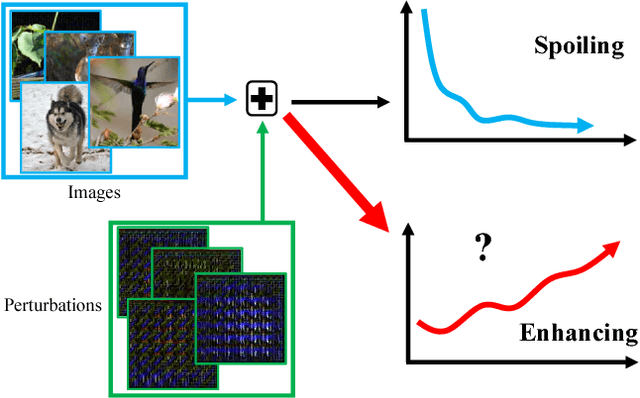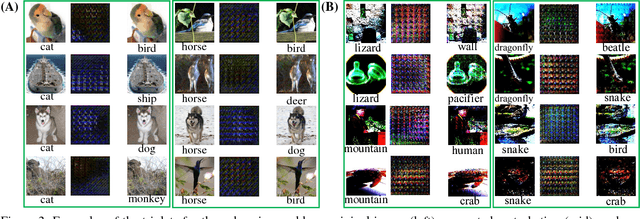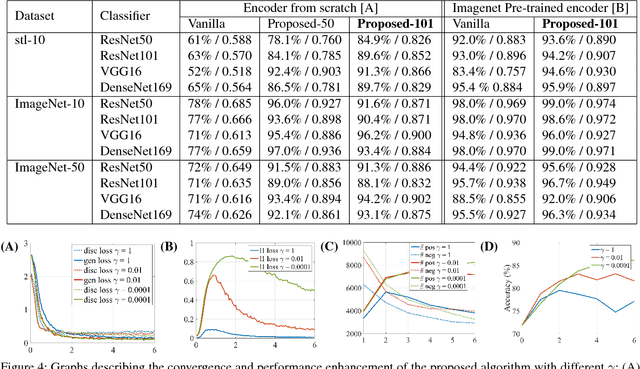Seonguk Park
Semantics-Guided Object Removal for Facial Images: with Broad Applicability and Robust Style Preservation
Sep 29, 2022



Abstract:Object removal and image inpainting in facial images is a task in which objects that occlude a facial image are specifically targeted, removed, and replaced by a properly reconstructed facial image. Two different approaches utilizing U-net and modulated generator respectively have been widely endorsed for this task for their unique advantages but notwithstanding each method's innate disadvantages. U-net, a conventional approach for conditional GANs, retains fine details of unmasked regions but the style of the reconstructed image is inconsistent with the rest of the original image and only works robustly when the size of the occluding object is small enough. In contrast, the modulated generative approach can deal with a larger occluded area in an image and provides {a} more consistent style, yet it usually misses out on most of the detailed features. This trade-off between these two models necessitates an invention of a model that can be applied to any size of mask while maintaining a consistent style and preserving minute details of facial features. Here, we propose Semantics-Guided Inpainting Network (SGIN) which itself is a modification of the modulated generator, aiming to take advantage of its advanced generative capability and preserve the high-fidelity details of the original image. By using the guidance of a semantic map, our model is capable of manipulating facial features which grants direction to the one-to-many problem for further practicability.
Broadcasting Convolutional Network for Visual Relational Reasoning
Aug 24, 2018



Abstract:In this paper, we propose the Broadcasting Convolutional Network (BCN) that extracts key object features from the global field of an entire input image and recognizes their relationship with local features. BCN is a simple network module that collects effective spatial features, embeds location information and broadcasts them to the entire feature maps. We further introduce the Multi-Relational Network (multiRN) that improves the existing Relation Network (RN) by utilizing the BCN module. In pixel-based relation reasoning problems, with the help of BCN, multiRN extends the concept of `pairwise relations' in conventional RNs to `multiwise relations' by relating each object with multiple objects at once. This yields in O(n) complexity for n objects, which is a vast computational gain from RNs that take O(n^2). Through experiments, multiRN has achieved a state-of-the-art performance on CLEVR dataset, which proves the usability of BCN on relation reasoning problems.
Butterfly Effect: Bidirectional Control of Classification Performance by Small Additive Perturbation
Dec 04, 2017



Abstract:This paper proposes a new algorithm for controlling classification results by generating a small additive perturbation without changing the classifier network. Our work is inspired by existing works generating adversarial perturbation that worsens classification performance. In contrast to the existing methods, our work aims to generate perturbations that can enhance overall classification performance. To solve this performance enhancement problem, we newly propose a perturbation generation network (PGN) influenced by the adversarial learning strategy. In our problem, the information in a large external dataset is summarized by a small additive perturbation, which helps to improve the performance of the classifier trained with the target dataset. In addition to this performance enhancement problem, we show that the proposed PGN can be adopted to solve the classical adversarial problem without utilizing the information on the target classifier. The mentioned characteristics of our method are verified through extensive experiments on publicly available visual datasets.
 Add to Chrome
Add to Chrome Add to Firefox
Add to Firefox Add to Edge
Add to Edge